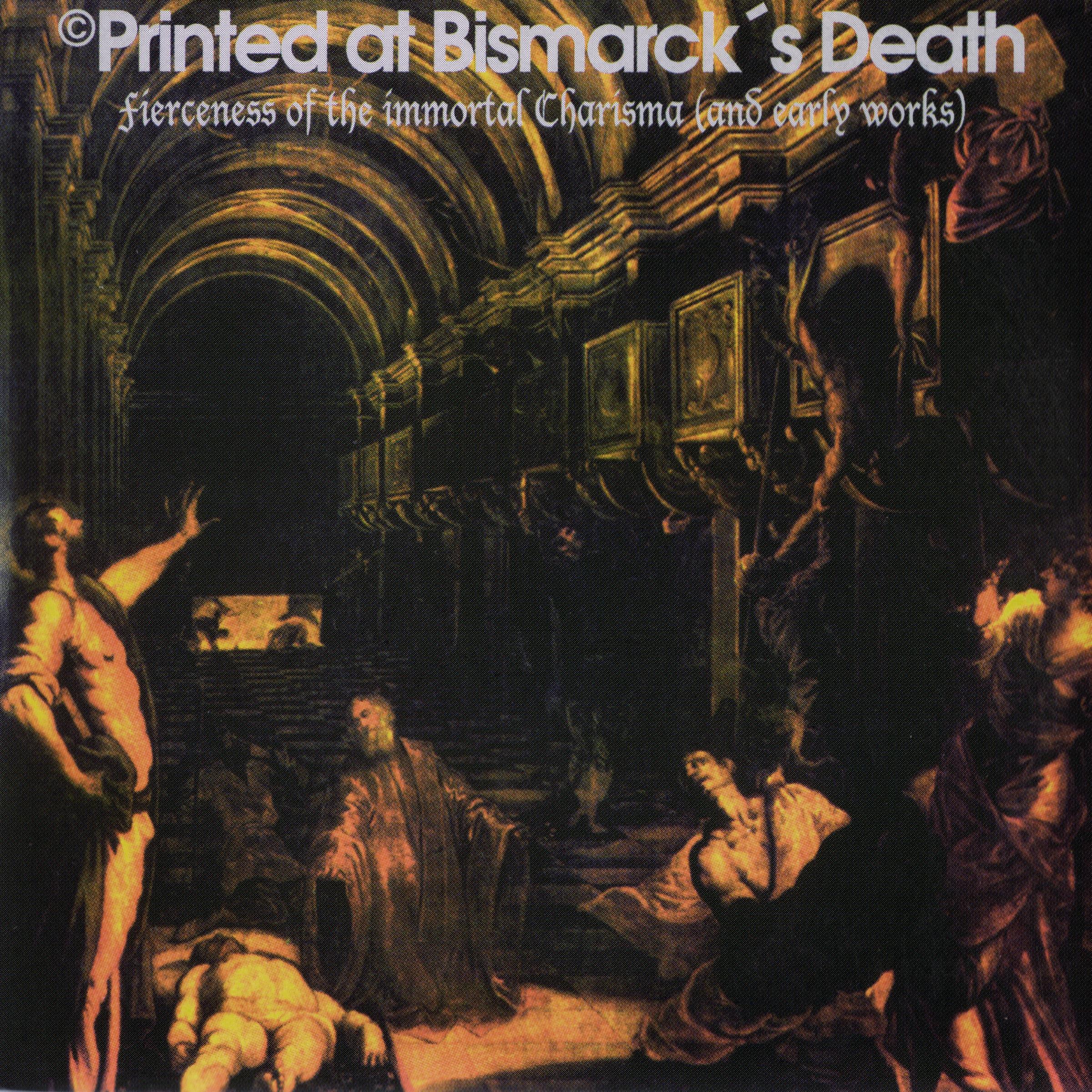Exploring the Death of Saint Peter: A Historical and Artistic Perspective
Guide or Summary:Introduction to the Death of Saint PeterThe Historical Context of Saint Peter's DeathTheological Significance of the Death of Saint PeterAr……
Guide or Summary:
- Introduction to the Death of Saint Peter
- The Historical Context of Saint Peter's Death
- Theological Significance of the Death of Saint Peter
- Artistic Representations of Saint Peter's Martyrdom
- Literary Interpretations and Cultural Impact
- Conclusion: The Enduring Legacy of Saint Peter's Death
Introduction to the Death of Saint Peter
The death of Saint Peter is a pivotal event in Christian history, symbolizing the sacrifice and martyrdom of one of the most prominent apostles of Jesus Christ. Saint Peter, also known as Simon Peter, is revered as the first pope in Catholic tradition, and his death holds significant theological and historical implications. This article delves into the circumstances surrounding his death, its impact on early Christianity, and how it has been depicted in art and literature throughout the centuries.

The Historical Context of Saint Peter's Death
Saint Peter is believed to have been martyred in Rome during the reign of Emperor Nero, around AD 64. The death of Saint Peter is often associated with the Great Fire of Rome, which led to widespread persecution of Christians. According to tradition, Peter was crucified upside down, requesting this form of execution because he felt unworthy to die in the same manner as Jesus Christ. This act of humility and faith has made his martyrdom a powerful symbol of devotion within the Christian faith.
Theological Significance of the Death of Saint Peter
The death of Saint Peter is not just a historical event; it carries profound theological significance. As the leader of the apostles, Peter's martyrdom is seen as a testament to the strength of faith and the willingness to sacrifice for one's beliefs. The event underscores the early Christian community's struggles and the transformative power of faith in the face of persecution. For many believers, Peter's death serves as an inspiration to uphold their convictions, even in the most challenging circumstances.

Artistic Representations of Saint Peter's Martyrdom
Throughout history, the death of Saint Peter has been a popular subject in art. Renowned artists such as Caravaggio, Michelangelo, and Raphael have depicted this moment in various forms. These artworks not only capture the dramatic essence of Peter's martyrdom but also reflect the broader cultural and religious sentiments of their times. For instance, Caravaggio's painting "The Crucifixion of Saint Peter" portrays the emotional intensity of the moment, emphasizing Peter's faith and the gravity of his sacrifice.
Literary Interpretations and Cultural Impact
The death of Saint Peter has also inspired countless literary works, sermons, and theological discussions. Writers and theologians have explored the themes of faith, sacrifice, and redemption through the lens of Peter's martyrdom. His story resonates with individuals facing their own trials, making it a timeless narrative of resilience and hope. The impact of Peter's death extends beyond religious boundaries, influencing cultural narratives about leadership, sacrifice, and the human spirit.

Conclusion: The Enduring Legacy of Saint Peter's Death
In conclusion, the death of Saint Peter is a multifaceted event that continues to resonate through history, art, and literature. It serves as a reminder of the power of faith and the importance of standing firm in one’s beliefs. As we reflect on Saint Peter's life and martyrdom, we are invited to consider our own convictions and the lengths we would go to uphold them. The legacy of Saint Peter endures, inspiring countless generations to embrace their faith and strive for a deeper understanding of sacrifice and devotion.